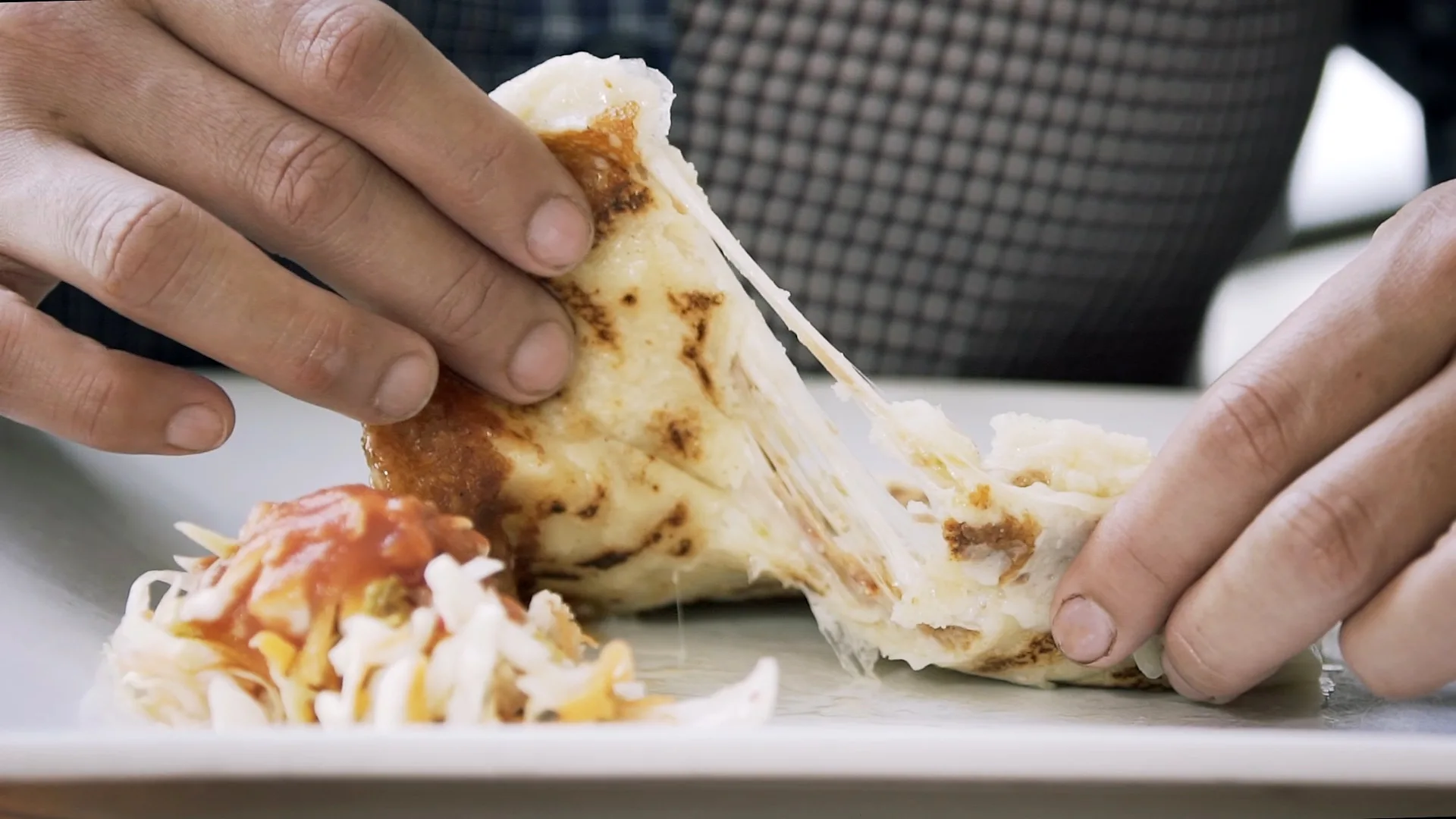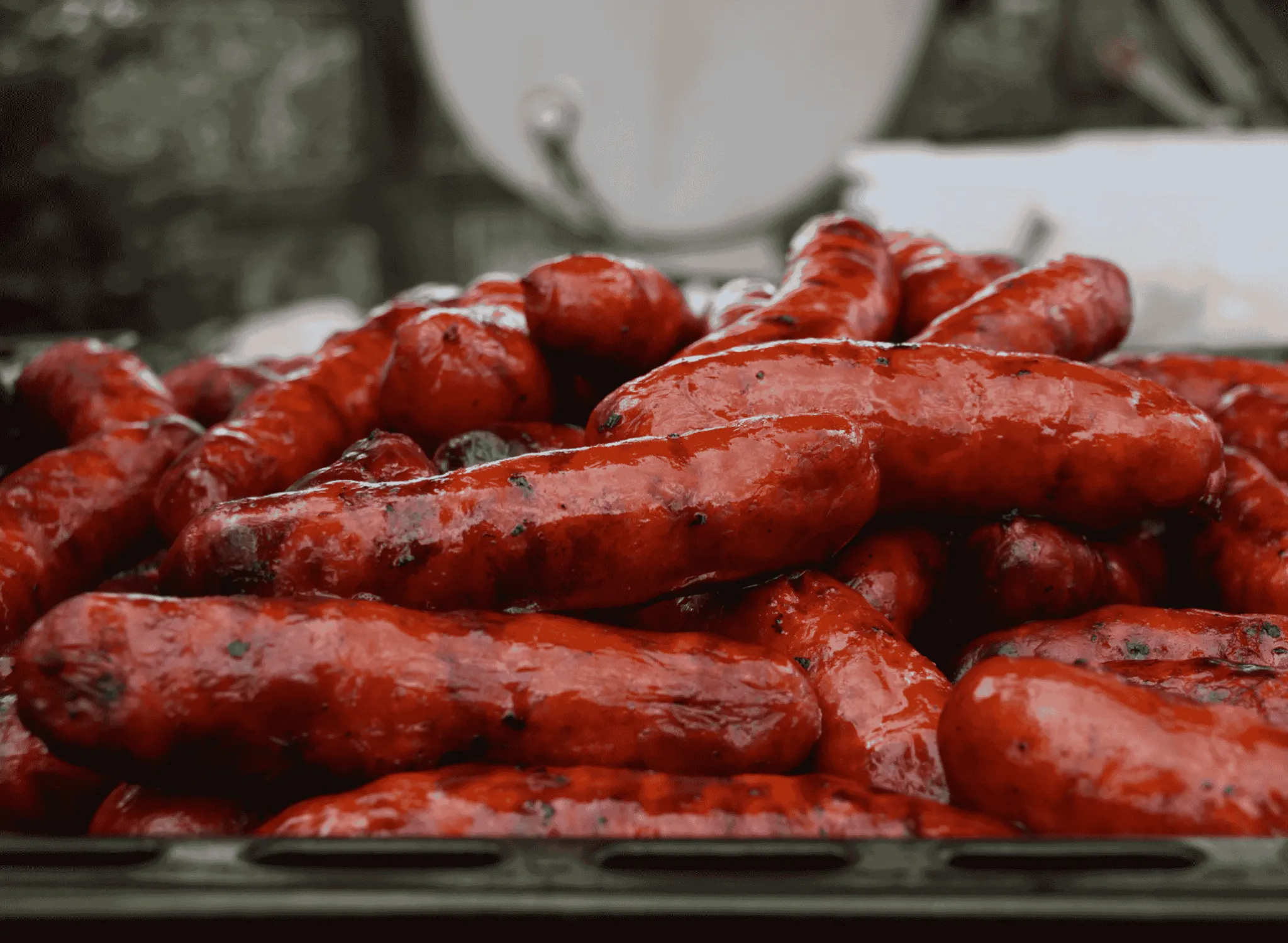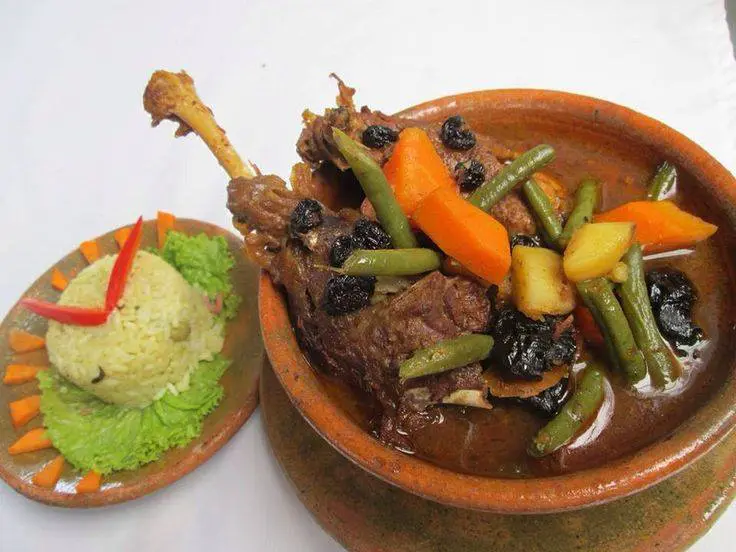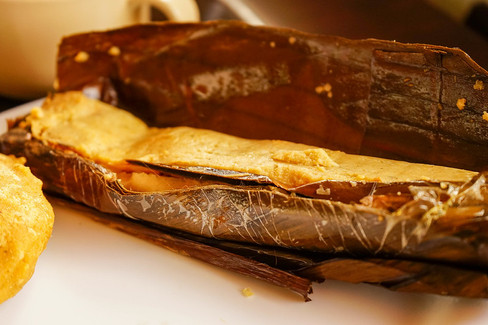Tiny El Salvador
- rosemary
- 4 days ago
- 5 min read
"The wildcard of Central America" Lonely Planet


I'm continuing my world tour today, working my way through Central America with El Salvador - the smallest country in the area - slightly smaller than Belize. It is also the most densely populated part of Central America although some 40% of its population have left the country. Well it's had a really turbulent history in recent times - a civil war from 1980 to 1992, which was a regular feature in the news of the time, and since then brutal gang wars, now mostly stopped but at a cost, as the current president has made a point of initiating a very brutal crackdown on the gangs, in the process sweeping up innocent people into his purge. He is, however extremely popular with no rival to compete in elections, in spite of theoretically being unable to serve more than one term. Nevertheless it has to be said that he has reduced the homicide rate from a high of 106.3 per 100,000 of the population in 2015 to a current figure of 1.35.
Like the rest of Latin America it also has a history of conquest by the conquistadores of Spain, which has resulted in the usual mix of Spanish and indigenous Indians and some African slaves. Other colonial powers do not seem to have played much of a role here, although today, of course, the USA is a huge influence and is where El Salvadorans mostly migrate to when they leave.

Taking with them their cuisine - and most notably the country's national dish Pupusas. And if you look at any website about El Salvadoran food they will all begin with pupusas. So what are they?
Well fundamentally they are stuffed tortillas. What sets them apart is the thickness - and the size - in fact they look a little like a stuffed paratha from the outside, although of course they are not the same, because the dough is corn based, and the filling is generally cheese, but often with other additions such as ground meat - chicken, turkey and pork mostly, or beans. The cheese, whilst now having a distinct El Salvadoran basis tends to be stringy as far as I can see, but was obviously brought by the Spaniards.

They are also often flavoured with a flower which is unique to the area - loroco, whose taste people seem to have difficulty describing. I saw words like earthy, bitter and comparisons to things like truffles and artichokes. Not quite, but more or less unique to El Salvador however.
You also cannot speak of pupusas without mentioning curtido - a kind of cole slaw - and salsa roja - a spicy tomato sauce. And because there are now so many El Salvadorans in America, you will now find publications like the New York Times, and chefs all over the country having a go themselves. So below a few pictures, from El Salvador itself to the New York Times and a separate bowl of curtido:
Nobody I saw criticised this street food - there is even a National Pupusas Day on the second Sunday in November when events such as this one shown below of a giant pupusa occur.

At least a couple of articles I read about El Salvadoran food said there was more to the country's cuisine than pupusas, but you have to say that they absolutely dominated every article.
So what else is there? Well I eventually assembled quite a large list, but I have just picked out a few.

Sticking with the street food lets begin with all the various fried cassava things. Mostly in the form of chips. Casssava is ubiquitous in almost every tropical country from the Americas to Asia. I don't think I have had any and you can't buy it here - well I've never seen it. However, I don't think we are missing much in spite of chefs like Ixta Belfrage singing its praises and making it look absolutely delicious. But then, as I say I've never tasted it, and the worst that anyone said was that it was starchy with not a lot of taste. Big in El Salvador anyway.

Then there is Elote loco - crazy corn. Which is grilled corn cobs which are then dressed in various, sometimes zany ways, with mayonnaise, tomato ketchup, mustard, cheese, chilli in some form and sometimes even Worcestershire sauce. None of which sounds particularly Latin American - more US American really, but which makes it uniquely San Salvadoran.
Still with the street food, there are very simple grilled meats and fish - the fish especially is simple. And popular - El Salvador has a long Pacific coastline with beautiful beaches, some of dark sand, which are very popular with surfers. Meats are the usual chicken and pork, but also rabbit, and a particular chorizo kind of sausage - shown below.

Last of the street food kind of thing are Pasteles de carne, which as you can see are the thing that just about every nation in the world has - a small pasty kind of thing of pastry wrapped around some meat - or other things I'm sure, and then baked or fried. I suspect fried in this case.
I've probably bored you enough by now, so here's just a short list of a few other things that seemed to demand to be mentioned because they popped up every now and then. Soups - most of which sounded pretty awful - e.g Sopa de mondongo - cow's feet, tripe, and tendons - no thank you, or Gallo en chicha - wild rooster - which also didn't sound very appetising - even though the pictures look mildly OK.
A few last things - a bit of this and a bit of that. Tamales - the same thing as everywhere else around there, but doubtless with its own particular take on the filling; Panes - a kind of sandwich - I've seen photos of them in an actual roll and others in a tortilla. The filling is also pretty much standard, but I suspect the extra flavourings are what makes it El Salvadoran. To finish a couple of sweet things - Quesadilla - which is not what you think but a kind of corn cheesecake - salty and cheesy all at once, but sweet too. And last of all Torrejas - a kind of French toast thing.
It's a beautiful country we are told - volcanoes, jungle, beautiful beaches, ancient ruins and colonial cities and towns. And maybe safe to visit again and try out those pupusas if you are feeling adventurous. I guess if I was to try to cook anything Salvadoran it would be those. The indigenous Indians called it Cuscatlán which translates as Land of the jewel.
YEARS GONE BY
November 24
2024 - Nothing
2023 - Should I wear a bib?
2021 - Me time
2020 - Missing
2017 - Something old, something new
2016 - Eating together




























Well let's give the El Dalvador food a go sometime! 🫠